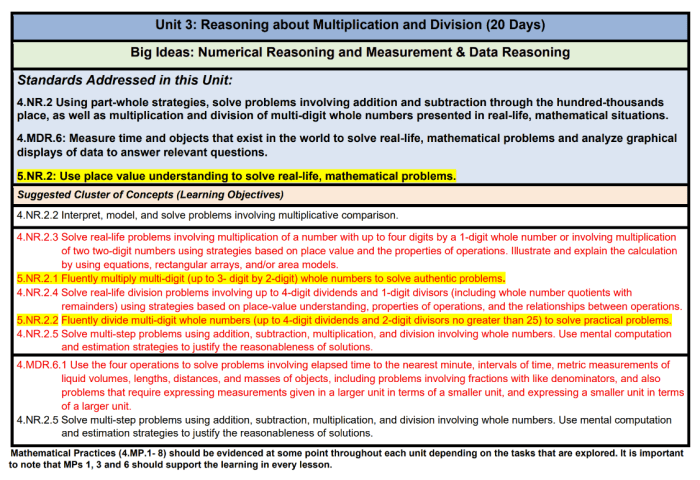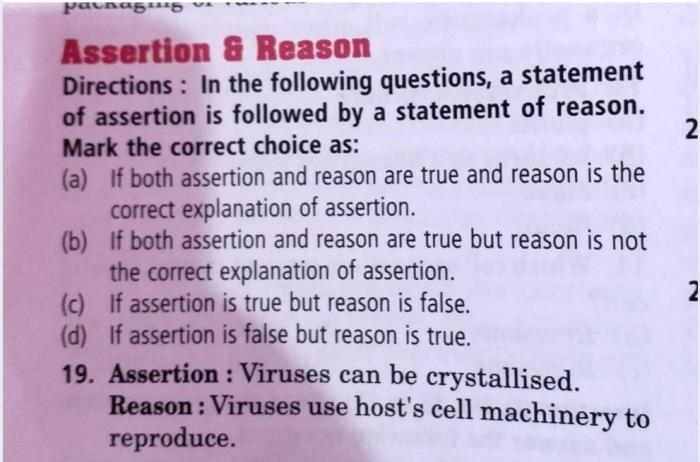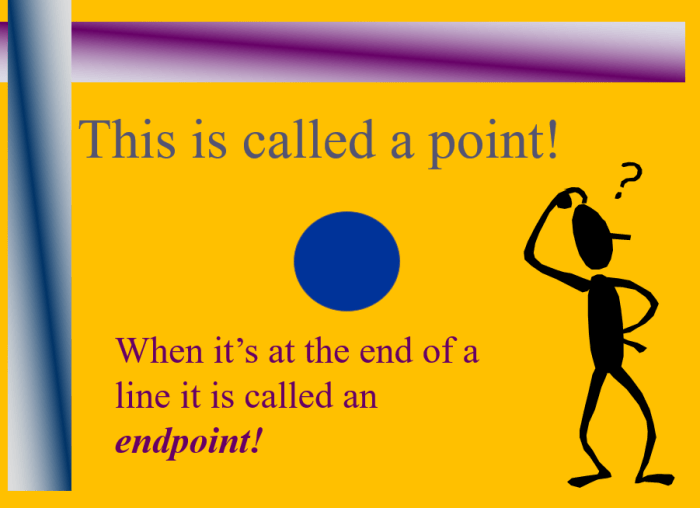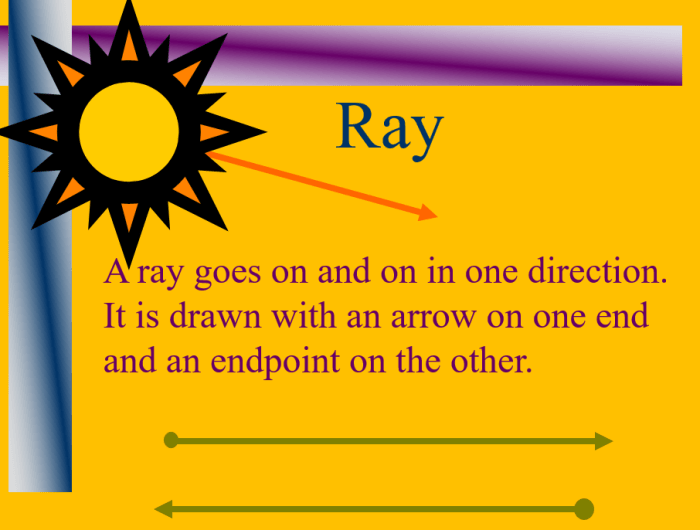Embark on Unit 3: Reasoning and Organization – Reading Quiz, a journey that unravels the intricacies of effective reading comprehension. Delve into the fundamental concepts of reasoning and organization, exploring their pivotal role in unlocking the depths of any text.
Discover practical strategies for honing your reasoning skills, deciphering diverse organizational structures, and harnessing critical thinking to elevate your reading experience.
As you navigate through this unit, you will uncover the secrets of inferencing, predicting, and summarizing – invaluable tools for enhancing comprehension. You will also gain insights into the various organizational structures employed in texts, empowering you to effortlessly navigate and interpret different types of content.
Prepare to embark on an enlightening journey that will transform your reading experience, fostering a deeper understanding and appreciation for the written word.
Reasoning and Organization in Reading: Unit 3: Reasoning And Organization – Reading Quiz

Reasoning and organization are fundamental skills in reading comprehension that enable readers to make sense of written texts. They involve the ability to think critically, draw inferences, and structure information logically.
Key Concepts:
- Reasoningrefers to the process of using evidence and logical arguments to form conclusions and make inferences.
- Organizationrefers to the way in which information is structured and presented in a text, making it easier for readers to understand and follow.
- Both reasoning and organization are crucial for effective reading comprehension, as they allow readers to extract meaning from texts, analyze information, and draw connections between ideas.
Strategies for Reasoning and Organization:
To improve reasoning skills while reading, readers can employ various strategies:
- Inferencing:Drawing conclusions and making predictions based on the information provided in the text.
- Predicting:Anticipating what will happen next or what the main idea of the text will be.
- Summarizing:Condensing the main points of a text into a brief and concise statement.
These strategies help readers engage actively with the text, process information, and enhance their comprehension.
Types of Organization in Texts:
Texts often follow specific organizational structures, including:
- Chronological:Events or information presented in the order in which they occurred.
- Problem-Solution:A problem is presented, followed by a solution or a series of steps to solve it.
- Compare-Contrast:Similarities and differences between two or more subjects or ideas are presented.
Understanding the organizational structure of a text aids in comprehension by providing a framework for understanding the flow of information.
Applying Reasoning and Organization to Reading Comprehension:
Reasoning and organization skills can be applied to various reading contexts:
- Literary Texts:Analyzing character motivations, plot development, and themes.
- Non-Fiction Texts:Comprehending scientific concepts, historical events, and current affairs.
- Technical Texts:Understanding instructions, manuals, and research reports.
By using reasoning and organization, readers can effectively interpret and analyze different types of texts.
Critical Thinking and Reasoning:
Critical thinking plays a vital role in reasoning and organization by:
- Evaluating:Examining evidence and arguments to determine their validity and reliability.
- Analyzing:Breaking down information into smaller parts to understand its structure and relationships.
- Synthesizing:Combining information from different sources to form new insights and conclusions.
Critical thinking skills enhance reasoning abilities and enable readers to make informed judgments about the information they encounter.
Visual Aids and Organization:, Unit 3: reasoning and organization – reading quiz
Visual aids, such as tables, charts, and graphs, can enhance reasoning and organization in reading by:
- Organizing Information:Presenting data in a structured and easy-to-understand format.
- Highlighting Relationships:Showing connections between different pieces of information.
- Supporting Arguments:Providing visual evidence to support claims and inferences.
Visual aids can significantly improve comprehension and retention of information.
Assessment of Reasoning and Organization Skills:
Assessing reasoning and organization skills in reading can be done through:
- Comprehension Questions:Questions that test students’ ability to understand and interpret information.
- Summarizing Tasks:Asking students to condense a text into a brief and coherent summary.
- Analysis Assignments:Requiring students to analyze texts for structure, organization, and logical flow.
Ongoing assessment helps identify areas for improvement and promotes the development of these essential reading skills.
General Inquiries
What is the significance of reasoning and organization in reading comprehension?
Reasoning and organization are essential for understanding the content and structure of a text. They allow readers to make inferences, draw conclusions, and identify the main ideas and supporting details.
How can I improve my reasoning skills while reading?
Practice inferencing, predicting, and summarizing. These strategies help you engage with the text actively and develop a deeper understanding of its content.
What are some common organizational structures used in texts?
Chronological, problem-solution, and compare-contrast are some common organizational structures. Understanding these structures helps readers navigate and comprehend texts more efficiently.
How can I apply reasoning and organization skills to different types of texts?
Apply reasoning and organization skills to analyze and interpret various texts, including articles, essays, stories, and research papers. These skills enable readers to extract meaning and make informed judgments.


